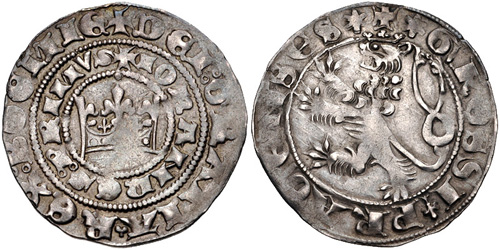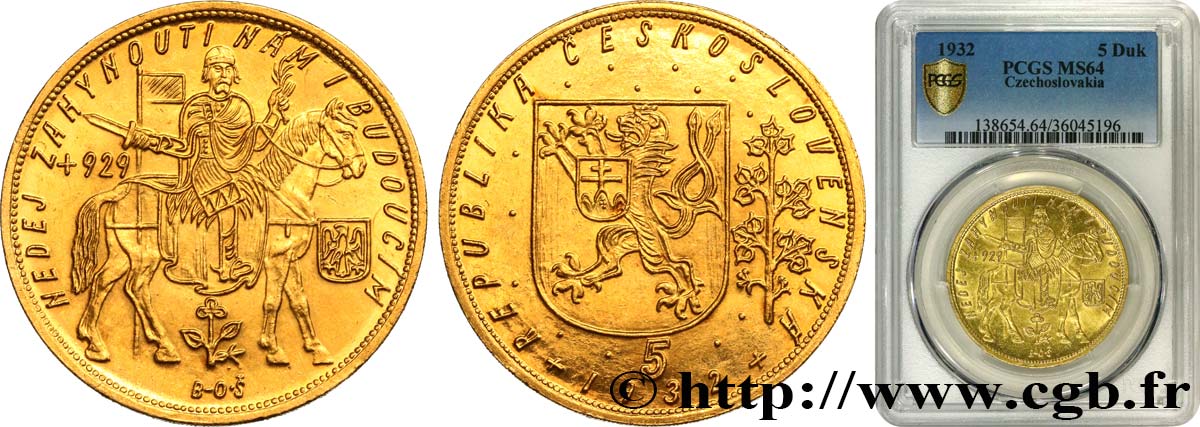Free Info For Plaster Czechoslovakia Coins
Wiki Article
How Can High-Precision Cnc Machines Cut Out Designs Into A Master Hub, Or Die To Strike Coins Or Gold Medals?
CNC machines are essential in creating master hubs or dies that are used when striking gold medals or coins. Here's a quick overview of CNC Programming.
The CAD (Computer-Aided Design) software is used to create a 3D representation of the medal or coin design.
CAM (Computer Aided Manufacturing), software that creates toolpaths, commands and instructions for CNC machines built on 3D models.
Choice of Die Material
CNC machining of the master hub and die uses durable, high-quality materials, like steel, brass or hardened metals. These materials will withstand the high-pressure strike process and replicate the design accurately.
Fixtures Installation, Setup and Fixtures
The material chosen is then securely mounted onto the CNC's worktable vice or worktable to ensure precise cutting. It is essential to fix it correctly in order to avoid vibrations or movements during the machining.
CNC Machining Process-
CNC machines employ cutting tools, such as ball or end mills, to create a design in the form of a die or master hub.
The CNC machine utilizes the programmatic toolpaths, which remove the material precisely from the blank block of material based on the 3D specifications of the models.
Cutting tools are available in different sizes and types to produce different depths contours and designs on medals or coins.
CNC machines have computer programs that control their movement, ensuring accuracy as low as micrometers.
Finishing & Refinement
After the initial machining is complete then the die or master hub is further refined.
With the help of special tools, or by polishing, smoothing or finishing the surface, you will be able to be sure that the surface is in compliance with the standard.
Quality Control and Inspection
The finished master hub or die goes through a strict inspection using measurement instruments such as gauges, micrometers or optical measuring devices to confirm the precision and compliance with the design specifications.
Treatment and hardening (optional)(optional)
Die dies could be treated using heat hardening, surface treatments or both to improve durability and wear resistance during the striking process.
CNC machines are precise and ability to reproduce intricate designs on dies, master hubs or other tools. These dies are the primary equipment for the production of gold coins and medals that have consistency, accuracy and fine detail. Check out the top CNC Machining Czechoslovakia gold medals blog recommendations including gold medals michael phelps, 2000 sacagawea, gold silver shops near me, gold coin store near me, gold coins near me, angel coin, gold silver dealers, gold sovereign coins, krugerrand coin, gold and coin near me and more.

How Can Highly Skilled Engraving Artists Improve The Design On Coins And Gold Medals?
The work of highly-skilled engravers on the working die or hub is crucial in making the design more attractive and better. Their expertise allows them to incorporate complex details and fine tune the design. This is the way they accomplish this Evaluation of Working Hub
Engravers first examine the hub or die made from the original hub by Janvier. They evaluate the transfer design's depth, accuracy and overall quality.
Correction of imperfections
Engravers are able to correct any flaws or inconsistencies within the transfered design. They can employ exact tools to alter the depth of a design or refine specific elements to ensure accuracy and consistency.
Enhancing Details
Engravers are skilled in making intricate designs using engraving tools like burins or pneumatic engraving devices and gravers. Engravers cut into the surface of the working hub to create fine patterns, textures, letters and intricate designs as needed by the style.
Depth and Dimensional Enhancement
Engravers manipulate the depths and contours of the design to create visual dimension and depth. This involves varying the depths of the cuts in order to highlight certain elements or to create a texture.
Texture & Finishing Accents
Engravers can improve the visual appeal by introducing textures and finishes to specific parts of the design. By using techniques such as stippling (or frosting) or shading, as well as other kinds of shading, you can achieve different texture on the surface.
Inspection and Quality Control
Engravers regularly check the final product to ensure it is accurate, clear, and beautiful.
Collaboration, artistic interpretation and collaboration
Engravers frequently work closely with artists, designers, or other creatives to accurately interpret a design. The artistic skill of the engraver may improve the design by adding subtle details.
Engravers who possess exceptional skills are recognized for their accuracy and artistic ability when it comes to manipulating metal surfaces. Their focus and attention to detail improves the quality, design and appearance of the gold coin or medal. View the most popular Czechoslovakia gold coin engravers blog recommendations. including 2000 gold dollar, gold pieces for sale, gold pieces for sale, $50 gold coin, old coins, gold coin 24k price, gold penny, gold and silver coins, 1 oz gold eagle, 24k gold coins prices and more.

Why Do Dies Need To Be Polished By Hand? Ensure That Gold Coins And Medals Have A Perfect Surface?
Hand-polishing dies ensures an even and smooth finish for gold coins and other medals. The smooth surfaces permit a better reproduction of delicate details and intricate features on the medals or coins.
The polished die ensures that the medals or coins produced have sharp edges, clear details, and a good relief. This increases the quality and aesthetic appeal of the finished product.
Reduced Tear and Wear Polishing is a fantastic option to reduce friction and wear while striking. A smooth surface on the die minimizes the chance of imperfections or inconsistencies with the medals or coins struck due to rough surfaces on the die.
Consistency is the key to striking. Hand-polished Dies provide a consistent surface for striking, which ensures consistency. Consistency is crucial for maintaining the accuracy of the design, its depth, and overall quality across many medals or coins.
Die Durability- Polished Dies will not get damaged or worn through the process of striking. These dies are durable and last longer and can hit more coins, without compromising their quality.
Precision and Accuracy. Hand polishing lets engravers fine-tune, refine and perfect specific areas on the die. The particulars will be accurately reproduced on the struck coin or medal. This level of precision adds to the precision of the finished product.
Quality Control - The polishing process is a component of quality control. The examination of the die when hand polishing can be a method to identify and correct any defects or irregularities before the die is struck.
Surface Finish- Polishing gives distinctive appearance or texture to coins and medals, increasing their visual appeal.
Hand polishing dies of gold medals and coins by hand is an essential process to make sure that the finished product will be of the highest quality precise, accurate, and pleasing on the eye. It significantly improves the appearance of the final product, reliability, and longevity. See the top rated hand polishing Prague Mint gold medals blog info. including krugerrand gold coin, coin gold price today, gold eagle coin, buy gold pieces, sell gold coins, 1 10 ounce gold coin, gold morgan dollar, gold medals michael phelps, michael phelps medal, bullion bars gold and more.

How Does Gold Get Through The Coin Presses And Then Stamped With High-Pressure During Minting?
When minting, gold coins and medals are created by stamping them under pressure. Here's a quick overview of the process of loading blanks.
Gold blanks that have been examined and prepared for quality and quality, are then placed into a feeder system connected to the coin press. This feeder system provides an ongoing supply of blanks to the coin press.
Feeding Blanks into the Press
The feeder system is used to feed the blanks into the striking chamber in the coin press one at a time. The feeder system ensures that each blank is precisely placed to allow for stamping.
Alignment and Positioning
Within the press, the blanks are aligned and placed in the striking chamber to ensure that they are perfectly aligned and aligned to allow for the stamping process.
Moving in High Pressure
The coin press has two dies, one stationary and the other one moves. The stationary die has the negative designs engraved on the coin. The moving die is used to strike the blank.
The moving die transfer the design of the blank onto its surface with a great deal of force. The die's pressure creates the design and the relief is raised.
The repetition of striking is not required.
To achieve a sharper image or a more distinct appearance, multiple strikes are sometimes applied to higher quality coins and medals, specifically proof editions. Each strike increases the clarity on the surface.
Ejection and Collection
When the designs are struck, the coins or medals created are taken from the press. They are then put in containers and trays. The stamped designs are inspected for quality to ensure they conform to the standards set by the manufacturer.
Post-Processing-
Minted medals or coins may undergo additional processing, like edge lettering, edge reeding or post-strike processes based on the design requirements or specifications for mints.
Stamping with high pressure etch the desired designs on blanks of gold, transforming into finished coins or medals that are suitable for circulation, collections, or commemoration. This process requires precision as any variation in pressure or alignment can impact the appearance and quality of the final product. Read the most popular minting Prague Mint gold coins more tips. including gold coin dealers near me, euro coins, 1 10 oz gold eagle, 1oz of gold, $5 gold coin, 1 10 american gold eagle, 10 dollar gold coin, 1 4 oz gold coin, sd bullion gold, bullion dealers and more.
